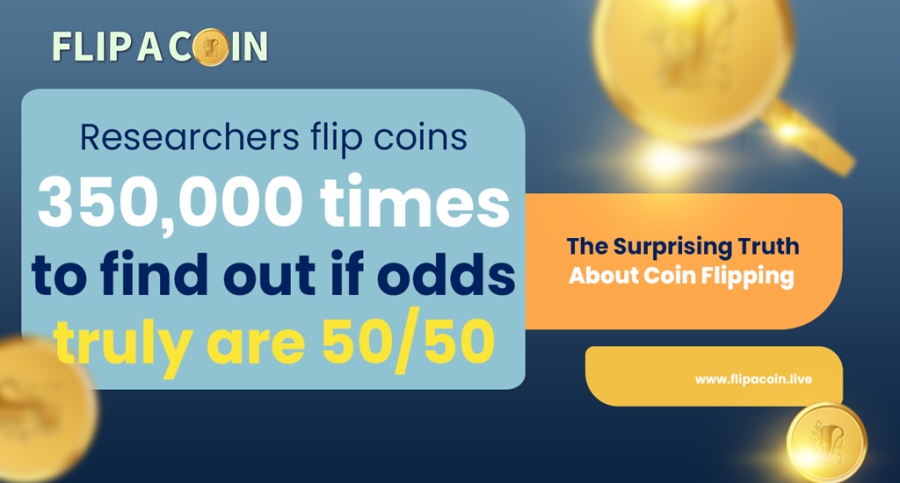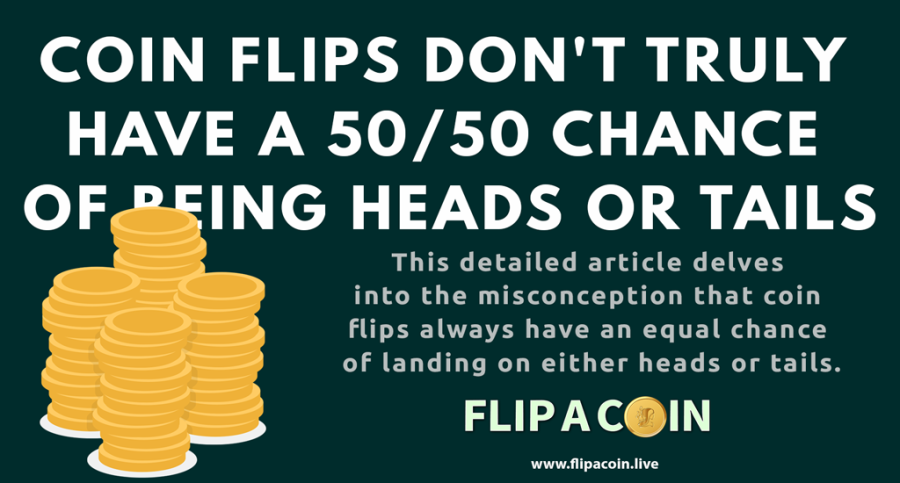Global Stats 0
My Stats0


Click or Press
Flip A Coin
0

Flip a Coin - Make your decision online
It can be challenging to decide a game when you and your friends are ready to play. Maybe one group wants soccer, while the others prefer basketball. Even after picking a game, another decision pops up—who goes first? In cricket or baseball, you need to decide which team bats first.
The easiest way to make a decision is by flipping a coin. You do not need a real coin, instead, you can use our digital coin toss simulator tool. Flip a coin simulator works like tossing a coin to help you choose between two options.
Our Coin flip simulator uses a random number generation technique to show a reliable result every time. So you can use a coin flip online whenever you feel stuck.
Why use Flip a Coin?
So, why should you use this head or Tail coin flipper tool? Because it is quick, fair, and straightforward. It is very helpful when you are confused between two options. It is the perfect way to add a bit of randomness and get an instant result. It is fast and super easy to use.
Now, you don't have to debate with your friends during the game. You can use a head or tail flip to get instant results. For example, if you want to play soccer and your friend wants you to play basketball, use the coin Flipper and let the coin decide for you!
Features of Coin Flip Simulator
- Generates a result (heads or tails) based on chance.
- Easy to use with a straightforward action of flipping the coin.
- Widely recognized as a fair method for decision-making.
- Provides an instant resolution for binary choices.
- Provides the overall success rate and accuracy for the guess.
- Transform and rotation effects to represent a real coin toss.
- Displays a success celebration when the right guess is made.
How does Heads or Tails work?
Are you curious how the head to Tails flipper works? It's actually very simple. As you already know, how to flip a physical coin. Now, the same process happens online.
Open the Flip a Coin website. Then, pick a side, Heads or Tails, and click to flip. The virtual coin spins and shows you one side. Your team might win or lose the toss. That's it! You get your answer without any hassle.
Flip a Coin 3 Times
How to Flip a Coin 3 Times: Methods and Probabilities
You can customize several settings to suit your needs when creating or using a coin flipper. Here are some settings you might consider:
You can heads or tails flip three times with a manual or online tool to make decisions. Every flip has a 50/50 chance of landing heads or tails, giving multiple results. This method is frequently used in sports or experimentation to calculate probabilities or outcomes across multiple trials.
Methods
- Manual Coin Flipping
- Using the Coin Flip Online Tool
- Using a Physical Random Number Generator
Probabilities and Possible Outcomes
- Each flip has a probability of:
- Heads: 50%
- Tails: 50%
The combined probabilities for three flips:
- All Heads: (0.5 * 0.5 * 0.5) = 12.5%
- All Tails: (0.5 * 0.5 * 0.5) = 12.5%
- Two Heads, One Tail: (0.5 * 0.5 * 0.5) * 3 = 37.5%
- Two Tails, One Head: (0.5 * 0.5 * 0.5) * 3 = 37.5%
Possible Outcomes
- HHH: All flips result in heads.
- HHT: The first two flips are heads, and the last is tails.
- HTH: The first flip is heads, the second is tails, and the third is heads.
- THH: The first flip is tails, and the next two flips are heads.
- TTH: The first two flips are tails, and the last flipis heads.
- THT: The first flip is tails, the second is heads, and the third is tails.
- HTT: The first flip is heads, and the next two are tails.
- TTT: All flips result in tails.
Flip A Coin is ideal for:
It's a simple, fun, and fair way to make choices. No stress; just flip and move on!
Flip A Coin is perfect for those moments when you just can't decide! Here are some great ways to use it:
- It helps you choose between two options with header tails.
- You can play Heads or Tails with your friends for fun.
- You get a quick yes-or-no answer with a toss.
- You can use a coin flipper to decide which team starts first.
- You can settle arguments between two players by flipping a coin.
- You can make a choice when doubtful by flipping a coin.
- Pick a movie or show without overthinking by tossing a coin.
- Teach children about probability with a simple head or tail flip.

Conclusion
The coin flipper simulator is perfect when you are facing a tough choice and have to make a quick decision. Even if you are playing a game, resolving disputes, or just figuring out what to do next, it’s an easy and unbiased way to let fate decide
So, whenever you are in doubt, try our head or tails tool. It is fair and always available wherever you are. Just open our website on your device and click on the Flip button. The digital coin will help you make your next decision!
Frequently Asked Questions FAQs
The probability of head and tail is 50/50, and both sides have an equal chance to come. That is why we consider the flip coin to be the random generator to make decisions online.
Physical coin flips may be impacted by factors such as flipping power and resistance to air, but digital coin flips applying PRNGs are intended to be completely random and unfair.
Online coin-flipping tools that use PRNGs are usually reliable and unbiased. They are configured to generate random results, which makes them ideal for decision-making and gaming.
When someone flips a coin 10,100 or 1000,10000 times online to determine the probability of heads and tails, it has an equal chance.



